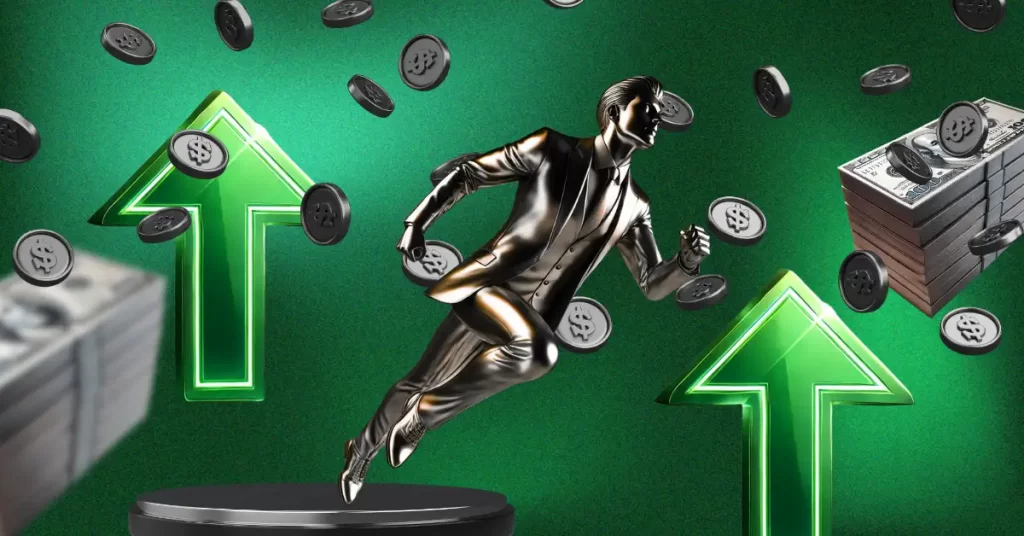
The post Algorithmic Stablecoins Are Riskier Than Fiat Based Says Binance CEO Changpeng Zhao appeared first on Coinpedia - Fintech & Cryptocurreny News Media| Crypto Guide
A lot of regulators, like the U.S. Fed and the Bank of England, are discussing how stablecoins should be better supervised at the moment. This is due to the fact that they serve as the foundation of the cryptocurrency economy and see daily trades worth billions of dollars.
Although the Terra blockchain’s UST stablecoin lost billions of dollars when it was de-pegged, Binance CEO Changpeng Zhao thinks algorithmic stablecoins still have a role in the cryptocurrency industry.
On the most recent episode of the gm podcast, the head of the largest cryptocurrency exchange in the world admitted that he was “disappointed” with how Terra’s collapse was handled. He said that the “speed of operational response” was “very weak.” However, he added that fiat-backed stablecoins like Tether and USDC also carry some risk.
“Just because one project fails doesn’t mean algo stablecoins will never work,” CZ said. “But algo stablecoins do have, I would say in general, higher risk than fiat-backed stablecoins.”
A stablecoin is a cryptocurrency that is (said to be) stable. Stablecoins, in contrast to Bitcoin and Ethereum, have fixed prices since they are backed by currencies like the US dollar or Japanese yen. But rather than being tied to specific reserves of assets, algorithmic stablecoins maintain their peg using code incorporated into their system.
“It’s a different type of risk, but much clearer,” CZ said of algorithmic stablecoins. “When you benchmark one asset, when you use one asset for collateral or to peg a different asset, there’s always going to be volatility. So that risk is much higher in algo stablecoins.”
Investors in cryptocurrencies held the founder of Terra, Do Kwon, in high regard. Terra had a market valuation of over $30 billion and was one of the largest blockchains before it crashed in May. Terra employed computer code to maintain stability, however, this code eventually failed, and when Terra’s UST lost its peg, Terra’s other token LUNA also collapsed.

 2 years ago
111
2 years ago
111














 English (US) ·
English (US) ·